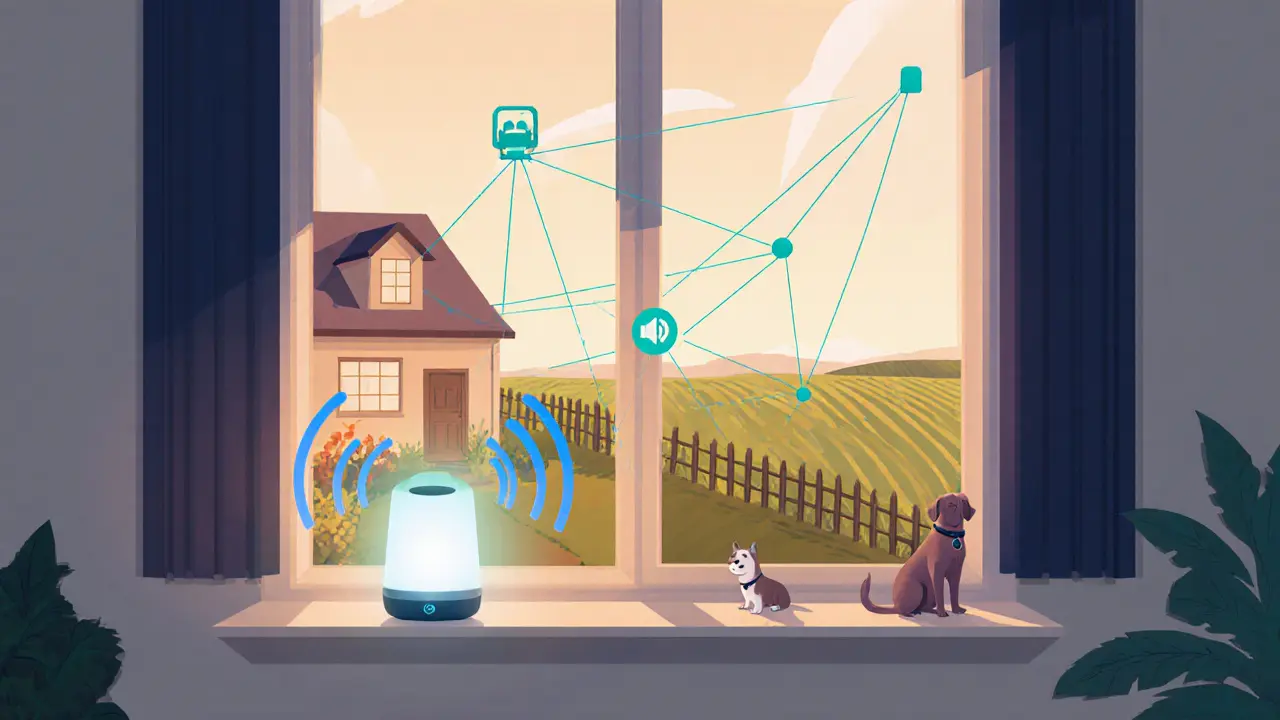Helium Network: What It Is and Why It Matters in Web3
When you hear Helium Network, a decentralized wireless network that uses blockchain to reward users for providing internet coverage to IoT devices. Also known as Helium Blockchain, it turns everyday hotspots into real-world infrastructure that powers low-power devices like sensors, trackers, and smart meters. Unlike Wi-Fi or cellular networks, Helium doesn’t rely on big telecom companies. Instead, anyone can set up a small device called a hotspot and earn HNT, the native cryptocurrency of the Helium Network used to pay for data transmission and reward participants just for helping devices stay connected.
The network runs on a unique proof-of-coverage system, which proves hotspots are actually where they say they are—no fake signals, no cheating. This keeps the network honest and ensures real coverage across cities and rural areas. It’s not just about crypto rewards; it’s about building a global, community-owned internet for machines. You don’t need to be a tech expert to join. A $200 hotspot placed near a window can start earning HNT within days. And because it uses LoRaWAN technology, it’s designed for devices that send tiny bits of data infrequently—like a soil sensor in a farm or a package tracker on a delivery truck.
What makes Helium different from other blockchain projects? It’s one of the few that solves a real, physical problem: connecting the billions of small devices that don’t need fast internet but need constant, cheap connectivity. Other networks try to do this with expensive cellular plans or power-hungry Wi-Fi. Helium does it with low-energy radio waves and crypto incentives. That’s why it’s attracted developers building smart agriculture tools, logistics trackers, and even city-wide air quality monitors.
But here’s the catch: the hype has cooled since its peak. Many early adopters sold their HNT tokens when prices soared. Some hotspots sit idle because owners didn’t understand how coverage works. Others joined expecting passive income but didn’t realize location matters more than the device itself. The network still works—over 1.5 million hotspots are active—but the easy money is gone. Now, it’s about using the network for real applications, not just speculation.
Below, you’ll find posts that dig into how Helium works, what HNT actually does, why some hotspots earn nothing, and how to tell if this is still worth your time in 2025. No fluff. Just what you need to know before you buy a hotspot or invest in HNT.

